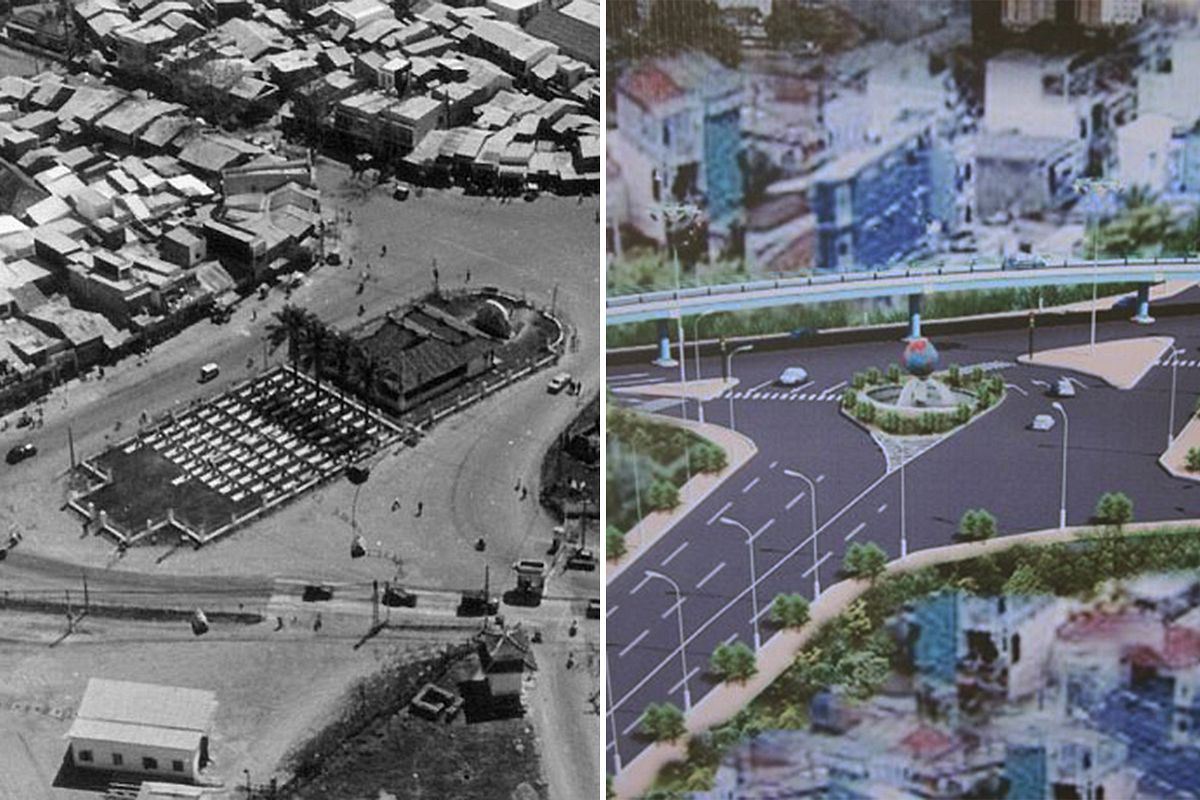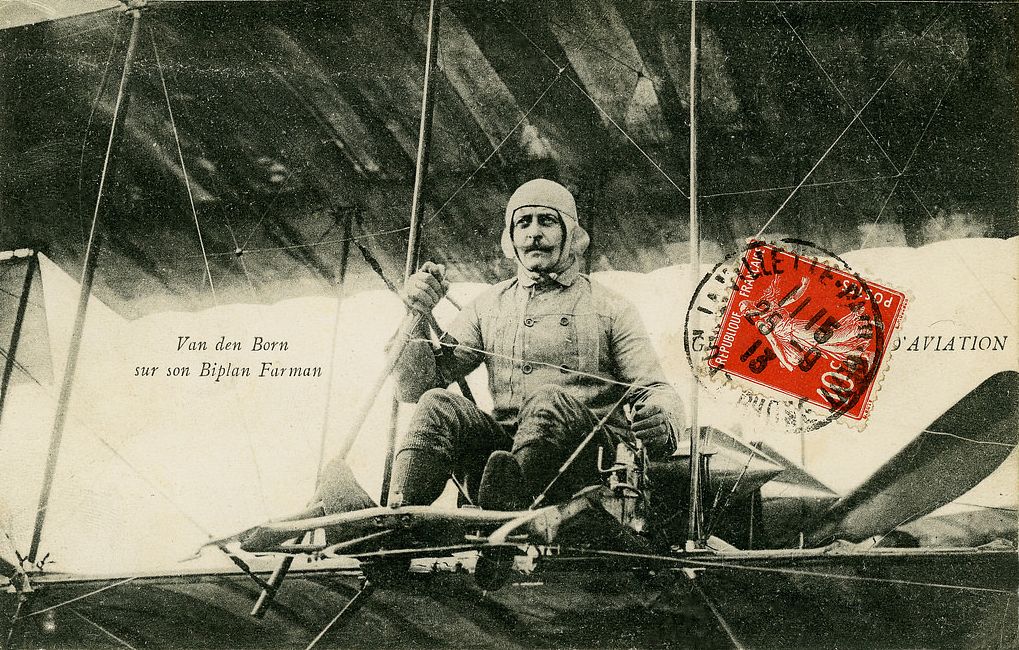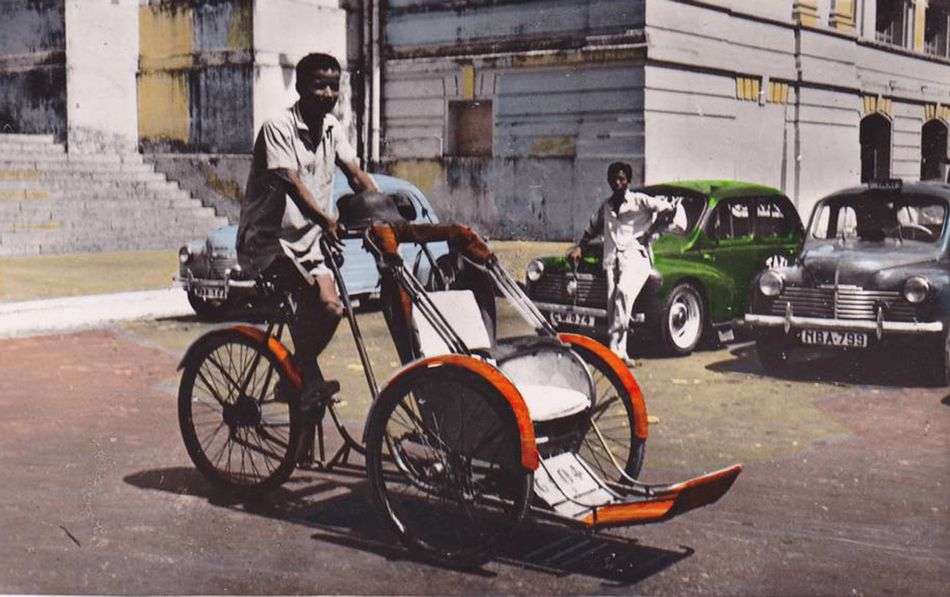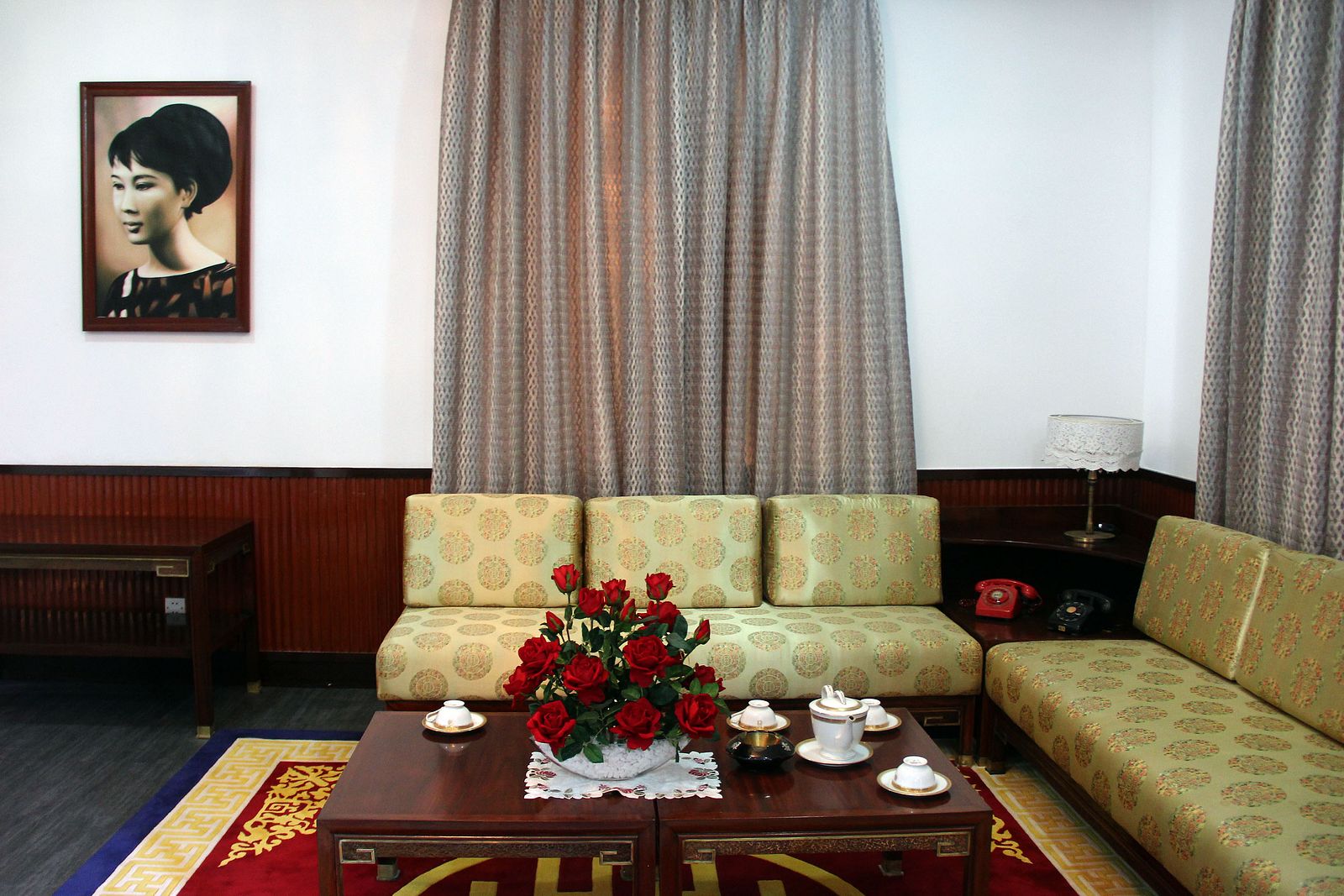It’s fairly common knowledge that the city’s Fine Arts Museum was once home to old Saigon’s wealthiest family, however few people know that much of the sprawling Hui Bon Hoa complex was not actually built until after the great patriarch’s death.
Hui Bon Hoa, widely known as the richest man in old Saigon, was born in 1845 in China, according to the blog Saigon Cho Lon. Chen Bichun, the author of a 2014 piece on the history of Hui Boa Hoa's family, spoke directly with Fernand Hui Bon Hoa, a fourth-generation member of the storied clan to learn about Hui Bon Hoa and his descendants.
As a 20-year-old man, Hui Bon Hoa left Fujian province for Saigon, taking a job at a local pawn shop owned by Frenchman Antoine Ogliastro. By 1887, he had become a naturalized French citizen and began expanding his business holdings to several pawn shops and real estate ventures. The original patriarch had three sons, Thang Hung, Thang Chanh and Thang Phien, all of whom were born in China but joined their father’s business in Saigon after they grew up, helping to grow the family’s empire.
However, while Hui Bon Hoa himself is remembered as the founder of the family business, it was his sons who actually developed Chu Hoa’s firm into such a successful company. After decades in Vietnam, Hui Bon Hoa returned to China and passed away in 1901.
His business, however, remained. The Societe Immobiliere Hui-Bon-Hoa (SIHBH) was registered at 97 Rue d’Alsace-Lorraine – now 97 Pho Duc Chinh – in the heart of downtown Saigon. You’ll recognize this as the address of the Ho Chi Minh City Fine Arts Museum, which was built decades after Hui Bon Hoa’s death but is still known as Nhà Chú Hoả, or Uncle Hoa’s Mansion. When it was first constructed, this building functioned as an office on the ground floor with living quarters upstairs and was considered among the city’s most luxurious and innovative buildings thanks to its combination of eastern- and western-style architecture.
In the late 1920s, this structure and the entire block it stood on served as a complex for the Hui Bon Hoa family, surrounded by Rues d’Alsace-Lorraine, Calmette, Hamelin (Le Thi Hong Gam) and d’Ayot (Nguyen Thai Binh). During this time, four buildings were constructed to fill the Hui Bon Hoa complex, each named after the family patriarch and his three sons. Today, the Hui Bon Hoa and Thang Hung buildings make up the museum, while the Thang Phien building is currently being rented out and the Thang Chanh structure is, sadly, gone.
After their father passed, Thang Hung, Thang Chanh and Thang Phien took on leadership roles in the family business at various times. Thang Chanh was perhaps the most successful of the three brothers, purchasing large amounts of property in the southern hub. Born in 1877 in Quanzhou, he arrived in Saigon shortly after getting married and stayed there until his death in 1934. His brother, Thang Hung, was a year older and working in China when Thang Chanh passed.
Following Thang Chanh’s death, Thang Hung returned to Saigon to carry on the family business. He stayed until his death in 1951. Throughout the rest of the 1950s, members of the Hui Bon Hoa family began to slowly move abroad, leaving behind the empire their ancestor had created. Though Thang Chanh never lived in his namesake structure, it was designed by a French architect for his wife and sons, who also cared for the business after his passing.
In addition to being Saigon’s wealthiest businessman, however, Hui Bon Hoa was also known for his generosity. According to historian Vuong Hong Sen, Bichun writes, Hui Bon Hoa’s firm offered low-cost housing to Saigon’s less fortunate, and the saying “ở phố chú Hoả” came to signify the local preference for living in a Hui Bon Hoa-owned property.
Today, traces of the Hui Bon Hoa legacy remain in several downtown buildings, including the Majestic Hotel, which was built by the prestigious company. Hui Bon Hoa also provided the funding and land for Tu Du Hospital.
By 1975, the entire Hui Bon Hoa family had left Saigon. Following the end of the war, the newly installed government took over the Hui Bon Hoa complex, turning it into an information and cultural center at first before opening the Fine Arts Museum in 1987 and permitting visitors inside in 1992.
Under the 1996 Vietnam War Convention, French citizens who owned property in Saigon prior to 1975 were eligible for some compensation, so the family also received some money from the French government for the Hui Bon Hoa complex.
Elsewhere in Vietnam, the original Hui Bon Hoa kept a family cemetery for his sons and their loved ones in Dong Nai province. A Chinese sculptor was hired to craft their tombs and a caretaker hired to watch over the graves. Thang Hung and Thang Chanh are buried there, among others, and as of 2014 the family tasked with watching over the graves was still there, too.
















